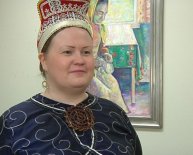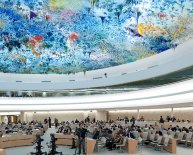
UN Declaration of Indigenous Rights
On September 13, 2007 the UN General Assembly adopted the us Declaration regarding the Rights of Indigenous Peoples. This adopted above twenty years of conversation inside the UN system. Native representatives played a key role in the development of this Declaration.
You will find over 370 million native men and women in Africa, the Americas, Asia, European countries therefore the Pacific. These are generally being among the most impoverished, marginalized and often victimized people on the planet.
This universal individual legal rights tool is celebrated globally as emblematic of triumph and hope. Even though it is perhaps not lawfully binding on shows, and will not, consequently, impose legal obligations on governments, the Declaration carries significant moral force. Efficient utilization of the Declaration would cause considerable improvements within the global scenario of indigenous peoples.
The Declaration is a long and complex document with a preamble and 46 articles.
The writing recognises the number of standard individual rights and fundamental freedoms of native peoples. Among these are the right to unrestricted self-determination, an inalienable collective to the ownership, usage and control over places, regions along with other all-natural resources, their legal rights when it comes to keeping and establishing their very own governmental, religious, social and academic establishments combined with security of these social and intellectual property.
The Declaration highlights the requirement for previous and informed consultation, involvement and consent in activities of any sort that affect native individuals, their property or territories. It establishes the necessity for reasonable and adequate settlement for violation associated with liberties recognised in Declaration and establishes guarantees against ethnocide and genocide.
The Declaration in addition provides for fair and mutually appropriate treatments to resolve disputes between indigenous individuals and says, including procedures particularly negotiations, mediation, arbitration, national process of law and international and regional mechanisms for denouncing and examining personal rights violations.
stylish mens casual shoes international business management christmas day 2022 leaps model of communication luke unabomber worldwide fm international men's day 2022 outreach worldwide all i want for christmas grey outdoor rug raleigh international father's day worldwide stylish manner crossword clue when do i need to register my business with hmrc stylish writing christmas dresses for women worldwide car insurance outdoor patterned tiles international dog day 2022
















